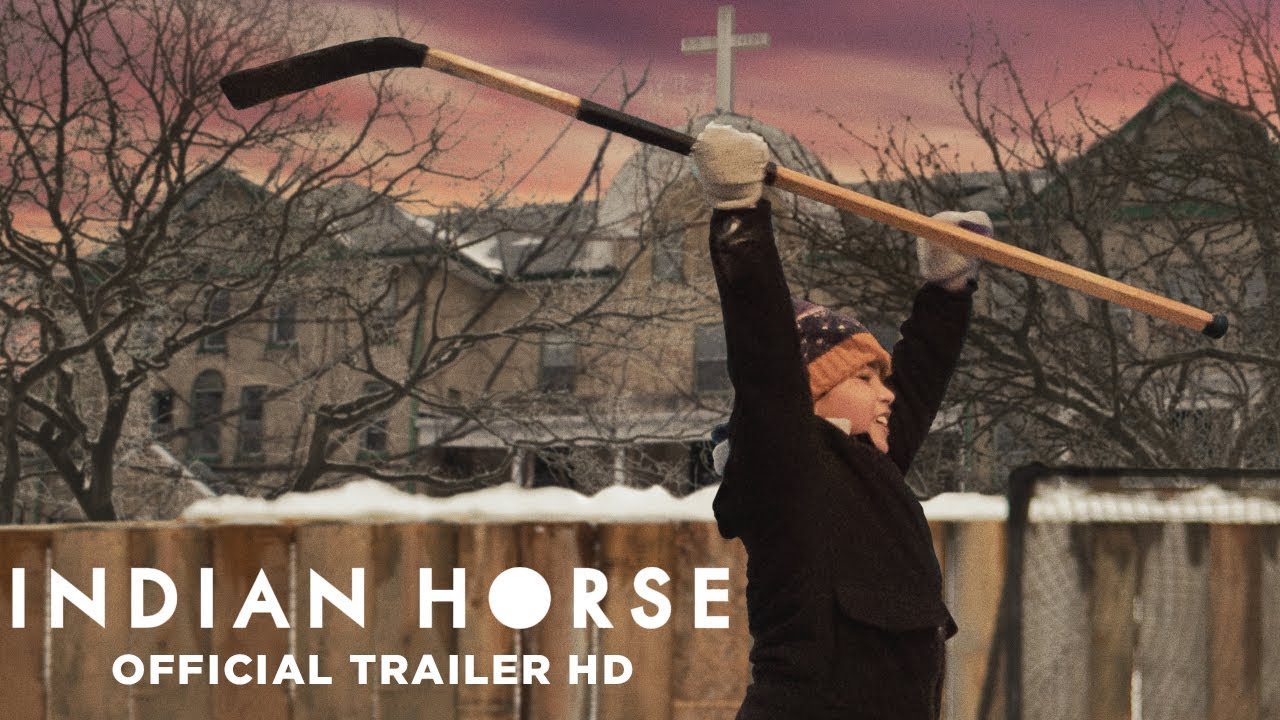This is a list of some of the breeds of horse considered in India to be wholly or partly of Indian origin. Some may have complex or obscure histories, so inclusion here does not necessarily imply that a breed is predominantly or exclusively Indian.
Bhutia
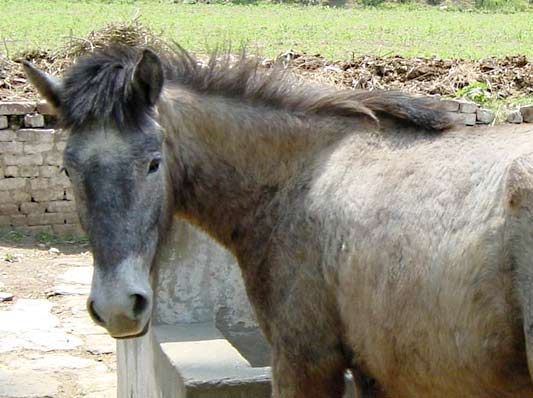
The Bhutia Horse is a breed of small mountain horse from Sikkim and the district of Darjeeling in northern India. It has some similarity to Mongolian and Tibetan breeds. The usual coat colours are bay and grey.
Their native environment has created an inherent toughness within this breed that is difficult to find elsewhere. They adapt to changing environmental conditions quite well and are sure-footed as a breed. Bhutia horses tend to have legs that are shorter than average, but above average in strength, and this helps them with changing mountain conditions.
Chummarti
Although this horse breed is believed to have originated in the Chummarti valley of Tibet, they tend to be available in Himachal Pradesh. It is a horse that is similar to the Spiti and often used for similar purposes. Most Chummarti horses are quite small, achieving a maximum height of fewer than 13 hands high.
This small mountain horse loves its native Himalayas and can easily survive cold temperatures at high altitudes or a hot Summer’s day. Their bone structure is solid and they are well-muscled as a breed.
It’s also one of the few breeds in the world that has five recognized gaits. It trots on its laterals instead of its diagonals, which creates a comfortable ride. Most within this breed are trained to work as pack animals and breeding practices are based on traditional family “secrets” that are passed down each generation.
Deccani
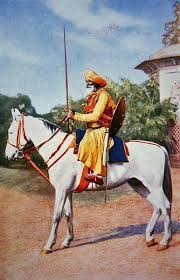
This is the horse breed that was the prized possession of Dhangar women in Indian. Located in the Deccan plateau, these horses are used as general workhorses. They transport cargo, help to give tired children a ride and provide support for working out in the field. It is a remote breed with limited numbers and some may even argue that it doesn’t deserve to be included as a full-status Indian horse breed.
For local workers or rural villages, these horses provide strong backs for whatever pack work needs to be done. Since women and children tend to care for the younger animals that are owned by the family, the horses are used to help keep these tasks organized. They’ll even be included in the tasks of setting up a camp, carrying sick animals, and doing so under cold rains or brutally hot Summer conditions.
Kathiawari
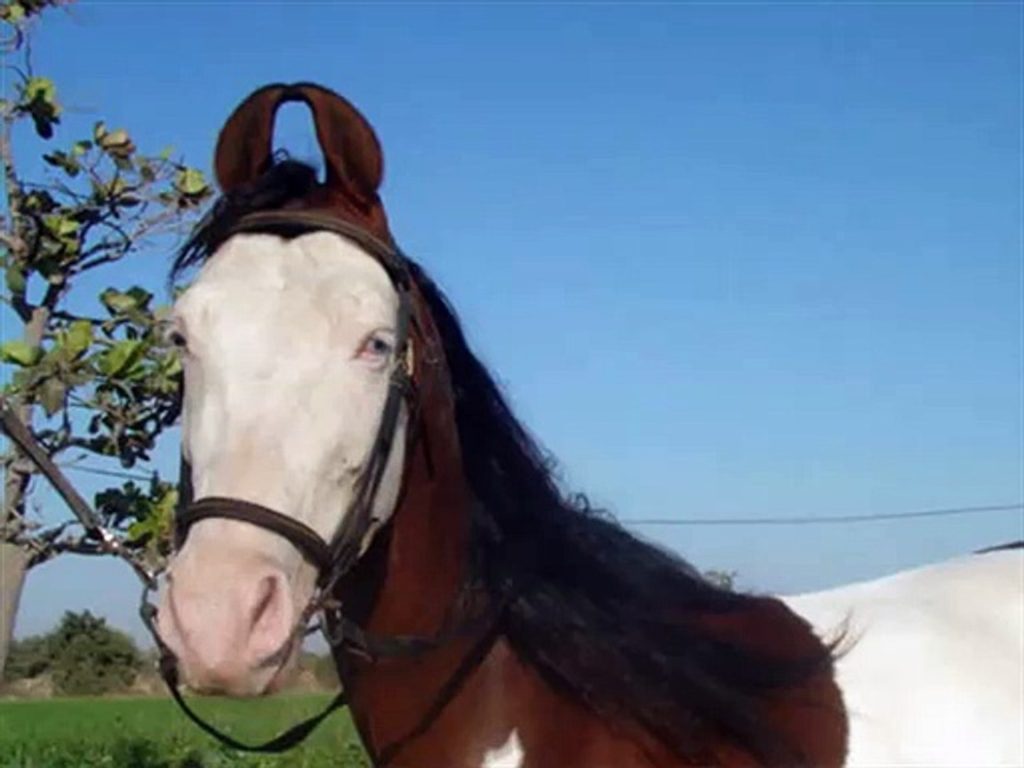
Named after the peninsula that it calls home in Western India, the Kathiawari was initially intended to be a desert warhorse. Its stamina is world-class, able to handle rough terrain, hot temperatures, and long distances with a minimal amount of food or water. This breed is closely related to many of the Marwari horses that have come out of the same region.
The history of the Kathiawari horse, however, is unknown. As early as the 16th century, there were known to be indigenous horses on the peninsula where this breed happens to be. Conquerors bringing Arab horses that crossed with the local stock may have created the foundation for the breed, which was then refined locally to adapt to the local climate.
Most Kathiawari horses are bred on the peninsula still today, though there is some activity in Rajasthan and Maharashtra as well.
Manipuri Pony
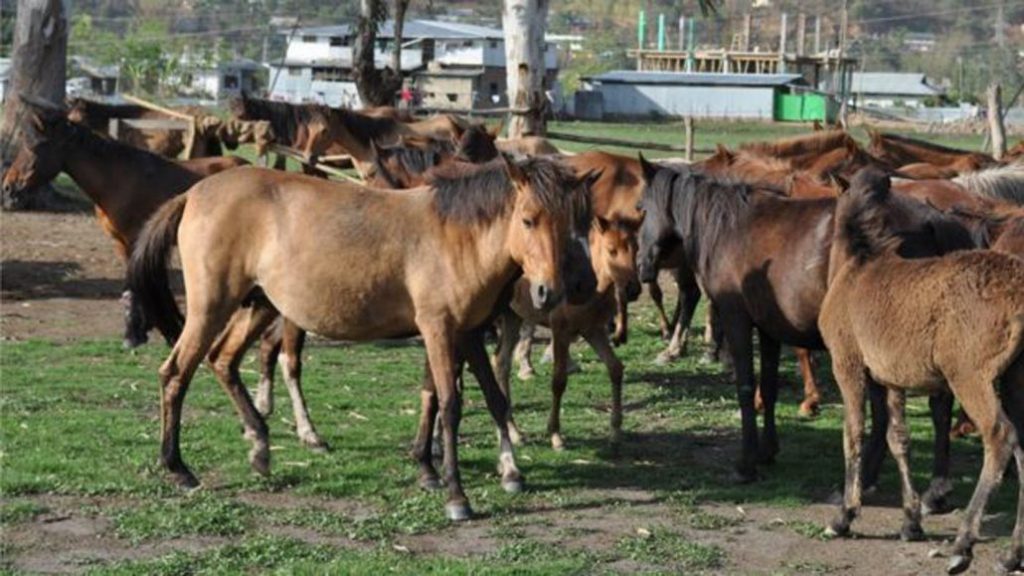
Although the exact origin of this breed is a matter for debate, it is an ancient breed that was developed in India. First noted in the late 16th century, the most agreed-upon history of this breed is a combination of Arabian and wild horses or Tibetan ponies.
Manipuri ponies are calm under pressure and develop skills with rapid speed. This made them prized in the 17th century as war horses. Their athleticism made them become the in-demand horse for polo in the United Kingdom beginning in the 19th century. These are the tasks that are still typically asked of this breed today.
With sloping shoulders, pronounced withers, and a deeper chest, most Manipuri ponies stand 11-13 hands high. Most tend to be bay in colour, but chestnut, grey and even pinto coats have been seen within this breed. Because of their shorter height, a shorter mallet must be used by polo players when riding this breed for an event.
Marwari
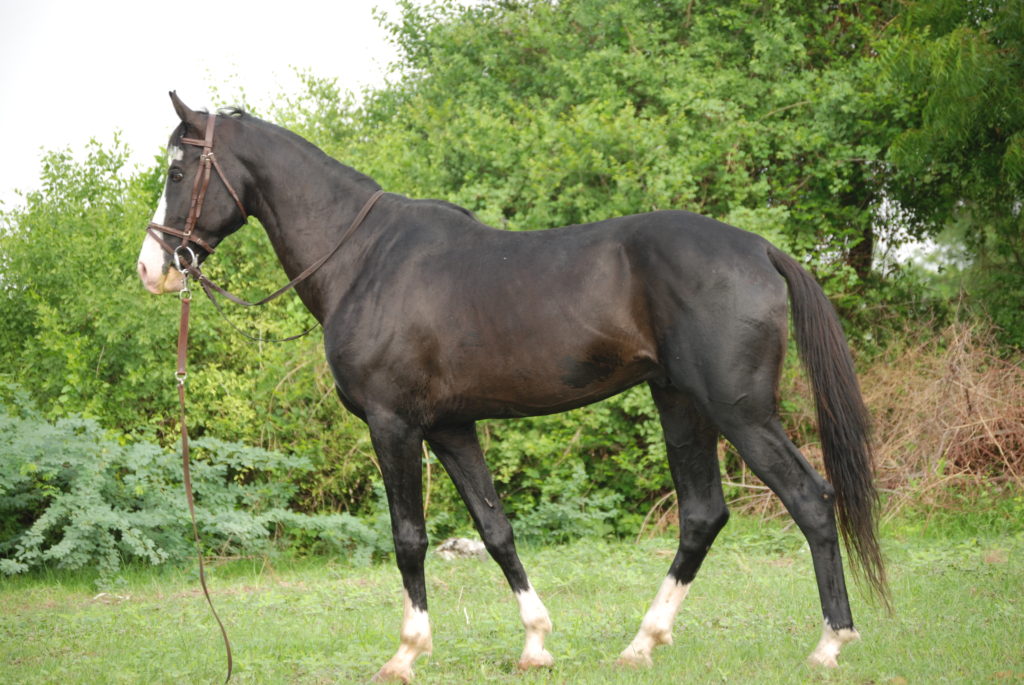
The Marwari breed is unique because of its inwardly turned ears. Originating from the Kathiawar region, it is a horse that also has an ambling gait and a superior level of hardiness. It is believed that the Marwari has been bred since the beginning of the 12th century with strict standards of lineage.
Marwari horses have been banned from export from India since the 1930s when the breed almost disappeared completely. A combination of poor breeding practices and lack of oversight created a severe shortage in available stock. Since 2008, however, some limited visas have allowed for Marwaris to temporarily travel outside of India.
The average horse of this breed stands between 14.2-15.2 hands. Some may be as tall as 16 hands, depending on what part of India from where they originate. Grey horses tend to be the most prized in this breed, though they can be of almost any coat colour. Black horses in this breed are thought to be unlucky and representation of death.
Sikang
Although not necessarily a formal breed as of yet, the story behind the Sikang horses is quite interesting. In World War II, US forces were using animals almost as often as any other nation, despite the fact that their equipment was so mechanized. During one mission, more than 2,000 horses were led to Sikang. With 3 gorges to cross, not every horse was able to make it through the challenging trail and was abandoned by the cavalry.
Those that survived the abandonment formed into semi-feral herds that are like the Mustangs in the US West. Some were recaptured and tamed again. Their strength, stamina, and taller standing were attractive attributes, so they were cross-bred with local horses to begin the foundation of what may be a new future Indian horse breed.
These Indian horse breeds have helped to provide a foundation for the equine world in the APAC region. Their unique strengths and strong stamina have created horses that are willing, independent, and intelligent. Some may not be formally recognized, but their contribution still stands.
Spiti
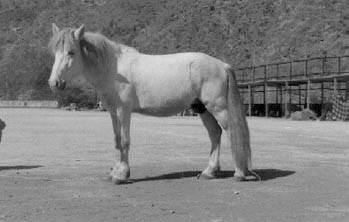
From Himachal Pradesh, this northern India horse is primarily a mountain-based breed. It is an endangered breed as well, though not classified as being at-risk, with an estimated 4,000 horses for its population. Part of the reason for these limited numbers is the traditional breeding methods in its home area around the Spiti River.
A group of villages will keep their mares and stallions separate from each other. One stallion is used to cover all the mares each year. A different stallion is then used the next year until a full rotation is achieved. Then the process starts over.
Although it is a mountain horse, it does not handle high altitudes well. It does, however, have good stamina is very resilient to colder temperatures. It is often used as a pack animal, though some use Spiti horses for riding as well.
Zaniskari
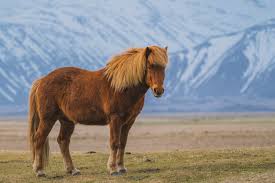
This is another small breed of mountain horse that comes from northern India. It originates from the Zanskar Valley in Kargil and is quite like Spiti horses. The primary difference between this breed and the Spiti is that Zaniskari horses adapt better to higher altitudes.
This breed is not officially listed as being endangered, but it is believed that only a few hundred purebred horses make up the population. Local village needs for horses have created many indiscriminate breeding practices so that current lifestyles can be maintained. India has also tried to create more roads in the region, which has lessened the need to have a riding or workhorse for many.
This breed is noticeably strong and compact for its size, which is typically 11-13.3 hands high. The body length is up to 45 inches only. Most have a grey coat, but chestnut, brown, black, and bay are also possible.
Zaniskari horses are prized as pack animals for adventures or agricultural workers who regularly travel or work at high altitudes. It’s a sure-footed breed and can handle temperatures which drop as low as -40C. Like some of the other Indian horse breeds, individual horses which are athletic and responsive tend to be used for polo as well.
